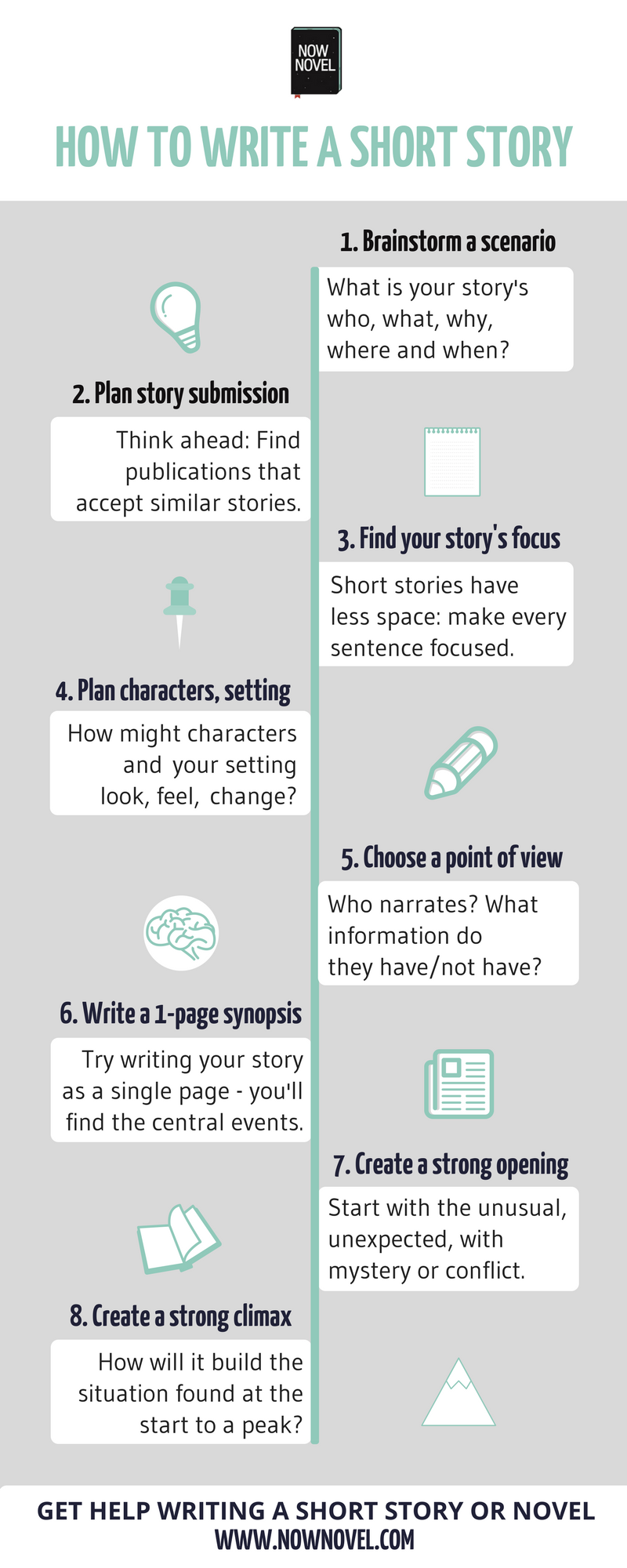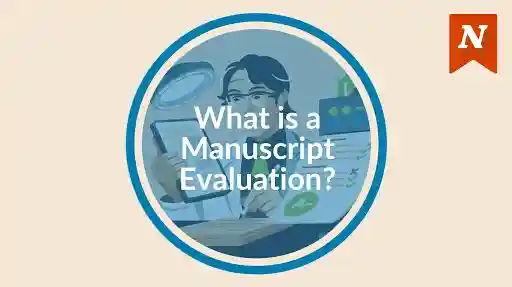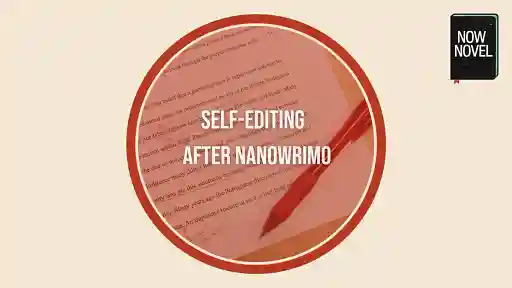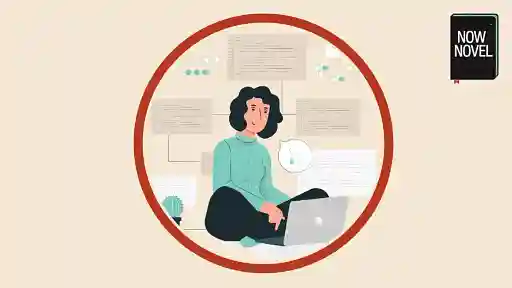Writing a short story differs from writing a novel in several key ways: There is less space to develop characters, less room for lengthy dialogue, and often a greater emphasis on a twist or an 'a-ha' moment. How to write a short story in ten steps:
How to plan a short story, write and publish
- Devise an intriguing scenario.
- Plan what publications you'll submit your final story to.
- Find the story's focus before you start.
- Outline character and setting details.
- Choose a point of view for the story.
- Write the story as a one-page synopsis.
- Write a strong first paragraph.
- Write a satisfying climax and conclusion.
- Rewrite for clarity, concision and structure.
- Pick an intriguing story title and submit to short fiction publishers.
1: Find the scenario for your story
Writing a novel gives you time to develop characters and story arcs and symbols.
Writing a short story differs. There is often a single image, symbol, idea or concept underlying the story. Some examples of original story scenarios:
- In Roald Dahl's famous short story 'Lamb to the Slaughter', a woman murders her husband with a frozen leg of lamb and serves the cooked evidence to the investigating officers
- In William Faulkner's 'A Rose for Emily', a notorious town recluse dies, leaving the town to discover her grisly secret
- In Gabriel Garcia Marquez's 'The Handsomest Drowned Man in the World', the way of life of an entire village is changed by the discovery of a mysterious, handsome drowned man who washes up on the beach
Find a scenario you can write down in a sentence or two. An interesting scenario that sets the story in motion has multiple benefits:
- It sets up a range of possible developments and symbols (for example, in the Garcia Marquez, the plans the village makes for the man's burial and the processes and emotions that follow the discovery of a body)
- It gives you something to pitch to publications when submitting your story
On the topic of publishers:
2: Plan what publications you'll submit your final story to
One of the benefits of writing short stories is that there are many publishing opportunities for short fiction.
You can publish short fiction in:
- Literary journals and magazines
- Writing contest anthologies
- Anthologies curated around specific topics or themes
- Online publications (digital journals, writing websites and e-zines)
Make a list of possible publications, once you have decided on your core story scenario.
When you research publications that accept short fiction, note:
- Minimum and maximum submission word counts
- Any specified formatting requirements
- The contact details for the person in charge of submissions
- The themes and topics most frequently featured by the publication
It's wise to have these guidelines for formatting, word count and areas of interest worked out before you start. This will enable you to make your story meet requirements for acceptance. This will save time later when it comes to revising.
So you have the story idea worked out and a list of publications and their requirements? Now it's time to find your short story's focus:
3: Find the focus of your story
The scenario of your short story is the idea or image that sets the story in motion. Once you have your scenario, it's easier to plan the rest of your story.
The focus of your story matters. What do you want to say? Why write a short story on this subject in particular?
The first step of Now Novel's step-by-step story building process, 'Central Idea', will help you find your idea and express it as a single paragraph you can grow. Try it now.
Finding the focus of your short story before you start is explained by Writer's Relief via the Huffington Post thus:
Explore your motivations, determine what you want your story to do, then stick to your core message. Considering that the most marketable short stories tend to be 3,500 words or less, you'll need to make every sentence count.
If you were Gabriel Garcia Marquez, for example, you might describe the scenario for your short story 'The Handsomest Drowned Man in the World' (a dead man washing up on a beach) thus:
'Focus: Rural life and the way the introduction of new, unfamiliar things changes it. Also: Death and how people respond to and make sense of it.'

Once you have an idea of the topic, themes and focus of your short story, it's easier to outline characters who fit these elements:
4: Outline your characters and setting(s)
Writing a book makes outlining essential, given the complexity of long-form fiction.
You might think 'Why should I bother with outlining a short story?' The truth is that it is useful for similar reasons: Outlining gives you creative direction and helps to make your writing structured and internally consistent.
Once you have the scenario, topics and themes for your story, make a list for each character idea you have. Make notes on character elements such as:
- Physical appearance (face, posture and mannerisms)
- Personality
- Occupation
- Backstory
- Preoccupations and interests
- Role in the story
[Get our guide 'How to Write Real Characters' for extra help crafting unique, believable characters.]
Similarly, for setting, write down:
- Where the story will take place
- What is significant about the setting for the story (does it underscore specific themes or foreshadow a particular event?)
5: Choose a point of view for the story
Point of view (or POV) can have subtle effects.
For example, a character who narrates the story in the first-person may seem strong and self-possessed. You could make the same character seem much less powerful by using the third person limited instead.
An example of this is James Joyce's use of the second person in his story 'Clay' from the collection Dubliners.
The focal character in Joyce's short story is a cook named Maria. Joyce uses third person limited throughout to describe Maria and her daily life.
Maria's own story not being told through the first person conveys a sense of her social position - she is a 'she' who is likely marshalled around by wealthy employers. The story simply wouldn't achieve the same sense of Maria's marginal status were it written in first person.
Dennis Jerz and Kathy Kennedy share useful tips on choosing point of view:
Point of view is the narration of the story from the perspective of first, second, or third person. As a writer, you need to determine who is going to tell the story and how much information is available for the narrator to reveal.
They describe the pros and cons of each point of view:
First person POV:
A character narrates the story using the pronoun 'I'.
Pros: One of the easiest POVs for beginners; it allows readers to enter a single character's mind and experience their perceptions.
Cons: The reader doesn't connect as strongly to other characters in the story.
Second person POV:
Much less common, this addresses the reader as a character in the story, using the pronoun 'You'.
Pros: Novel and uncommon; the reader becomes an active story participant.
Cons: The environment of the story can feel intangible as the reader has to imagine the story setting as her immediate surroundings.
Third person POV:
The story is told using he/she/it. In omniscient POV, the narrative is told from multiple characters' perspectives, though indirectly.
Pros: This POV allows you to explore multiple characters' thoughts and motivations.
Cons: Switching between different characters' perspectives must be handled with care or the reader could lose track of who is the viewpoint character.
Third person limited POV:
The story uses he/she but from one character's perspective - only their individual experience supplies what the narrator knows.
Pros: The reader enjoys the intimacy of a single character's perspective.
Cons: We only understand other characters' views and actions through the perceptions of the viewpoint character.
As you can see, choosing POV requires thinking about both who you want to tell your story and what this decision will mean.
6: Write your story as a one page synopsis
This might seem like a dubious idea. After all, how will you know where the story will take you once you start writing?
The truth is that even just attempting this as an exercise will give you an idea of the strong and weak points of your story idea: Is there potential for an intriguing climax? Will the initial premise hook your reader?
You should at least try to write your short story in condensed form first for other reasons, too:
- You'll begin with the bare essentials - having the most important elements at the centre of your process will stop you from writing boring filler
- You'll be better able to work out the number and sequence of scenes you'll need to do your topic and themes justice
Joe Bunting advocates breaking your story into a scene list so that you have a clear overview of the structure of your story and the parts that require additional work.

7: Write a strong first paragraph
You don't necessarily need to begin writing your story from the first paragraph. The chances are that you will need to go back and revise it substantially anyway. Bunting actually advises against starting a short story with the first paragraph because the pressure to create a great hook can inhibit you from making headway. Says Bunting:
'Instead, just write. Just put pen to paper. Don’t worry about what comes out. It’s not important. You just need to get your short story started.'
Whether you are intent on starting with the beginning or prefer to follow Bunting's advice, here are important things to remember about your opening paragraph. It should:
- Foreshadow the events of the story by introducing core subjects and themes (Garcia Marquez's story begins with the discovery of the drowned man's body).
- Pique the reader's interest and elicit questions (in the unsettling discovery of Marquez's drowned man two immediate questions arise: 'Who is he? What does the discovery portend?')
- Waste zero time - the limited word count of a short story requires you to get to the meat of the story faster
Discussing writing catchy first paragraphs, Jerz and Kennedy suggest:
'The first sentence of your narrative should catch your reader’s attention with the unusual, the unexpected, an action, or a conflict. Begin with tension and immediacy.'
8: Create a strong climax and resolution for a satisfying story arc
The climax of a story is crucial in long as well as short fiction. In short stories in particular, the climax helps to give the story a purpose and shape - a novel can meander more. Many short story writers have favoured a 'twist in the tale' ending (the American short story author O. Henry is famous for these).
The climax could be dramatically compelling. It could be the reader's sudden realisation that a character was lying, for example, or an explosive conflict that seemed inevitable from the first page.
There are many ways to end a short story well. Besides using an element of surprise you can have an ending that:
- Is open: The reader must piece together the final pages' implications
- Is resolved: The meaning of the outcome is clear and fits the preceding events' pattern of cause and effect
- Returns to the beginning: An opening image or action returns and the story is given a circular structure
These are just three possible types of short story resolution. After the final full stop the crucial revision process begins:
9: How to write a short story that gets published: Rewrite for clarity and structure
Revising is just as important when writing short stories as it is when writing novels. A polished story greatly increases your chance of publication. While revising your short story, see to it that:
- The expectations set up on the first page are dealt with subsequently (see 'Chekhov's Gun')
- All information, characters and scenes that don't contribute to the main story focus are cut
- Each line adds something significant to the overarching effect of the story
See further pointers on editing your own writing.
10: Pick a great story title and submit your revised story to contests and publishers
Choosing a title for your short story should come last because you will have the entire narrative to draw on. A great title achieves at least two things:
- It creates intrigue (Faulkner's 'A Rose for Emily' makes the reader ask 'Who is Emily and what occasions this gift of a single rose?')
- It establishes the key characters, subjects, symbols or objects of the short story (such as 'The Handsomest Drowned Man in the World')
Once you have created an alluring title, you can set about submitting your story to publications. If you are not yet an established author, it may be easier to get published on a digital platform such as an online creative writing journal. Spread the net wide, however, and submit wherever your short story meets guidelines and topical preferences. This will maximize the chance your short story will be published.
Ready to write a winning short story? The short story writers' group on Now Novel is the place to get helpful feedback on story ideas and drafts.










I want to publish novels traditionally. I have never published or self published anything. If I decide to self publish on amazon will it hurt my chances of getting my novels published traditionally?
Marissa - Over 7 years ago
Hi Marissa, great question. Views are split on this. A lot will be determined by sales. If you self-publish and many people take interest in your story (and you build a following), some publishers may see this as a positive sign you are commercially viable and choose to publish your next book. There was once more stigma around self-publishing (mainly because a lot of self-published books have little to no editing and poor design values). Jane Friedman gives some excellent advice. For example, it will be hard for publishers to sell a book you've already self-published, but you could sell them your next book, provided the books aren't a series (as the first could still be difficult for them to compete with the self-published edition). Here's the article: https://www.janefriedman.com/should-you-self-publish-traditional/
Bridget At Now Novel - Over 7 years ago
Is there a list of publishers or magazines that accept short stories?
John May - Over 7 years ago
Great question, John! There are absolutely NO lists of this sort! Can you believe it? Your account is under review for asking stupid questions.
Administrative Moderator - Over 7 years ago
'Administrative Moderator', please note spam, trolls posing as Now Novel administrators and abusive comments to other readers will not be tolerated and will be banned. Our apologies, John. There's a great list here: https://www.writersincharge.com/literature-mags-that-pay-writers/
Bridget At Now Novel - Over 7 years ago
An excellent read for aspiring writers. I'm sure even experienced writers will benefit out of this. The rules are presented on a step-by-step basis with enough justification for consideration, as well as examples.
Nikos - About 7 years ago
Thank you Nikos, I'm glad you think so. Thanks for reading and sharing your response. All the best!
Bridget At Now Novel - About 7 years ago
thank you very much for these tips. But what if we put all these elements but are bound due to the word limit? I talk on the basis of an examination. I'm afraid that one cannot easily put all these effects due to the word limit, what do we do in that case? I would appreciate if you reply by today, it's quite urgent
Charvi Sharma - About 7 years ago
Hi Charvi, my apologies I didn't reply the same day. Comments on older posts don't always show up immediately in our system. I hope you did well in the examination! I'd suggest treating all the pointers here as suggestions and guidelines rather than rigid rules. Thanks for reading!
Bridget At Now Novel - Almost 7 years ago
Thanks, I wasn't really getting anywhere without a good structure.
Detective Sandwich - About 7 years ago
It's a pleasure, Okei. I'm glad you're getting somewhere!
Bridget At Now Novel - Almost 7 years ago
What a great guide, thanks!
Mildred Brown - About 6 years ago
Thanks, Mildred! Thanks for reading.
Jordan At Now Novel - About 6 years ago
love reading it such a quality articles
Atif - Over 4 years ago
Thank you for your feedback, Atif, and for reading our blog.
Jordan - Over 4 years ago
I loved this website. I am only 11 yeas old and I am looking for to writing my first book. And this definitely helped me so much! Thanks.
Giovanna Negreiros - Over 3 years ago
Hi Giovanna, thank you for sharing this kind feedback. I'm glad you're enjoying Now Novel and it's great you're working on your writing from such a young age. Good luck with your first book!
Jordan - Over 3 years ago
I was wondering if there was any way to see when these articles were published? we need to cite sources for a presentation at college! Thanks
Martha - About 1 year ago
Dear Martha, thanks for your enquiry. This particular blog post was published on February 16 2022. If there are others you want to cite, please mail me at arja@nownovel.com and I'll get the dates for you.
Arja Salafranca - About 1 year ago